What do you think?
Rate this book
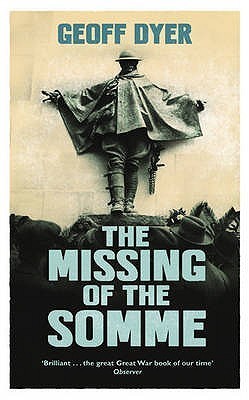

176 pages, Paperback
First published January 1, 1994
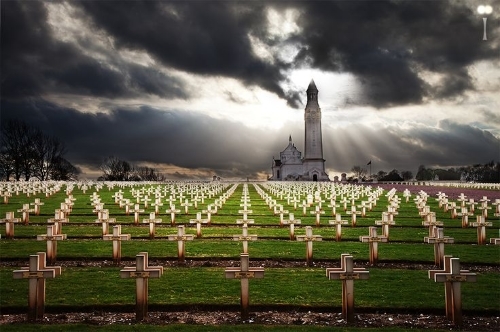
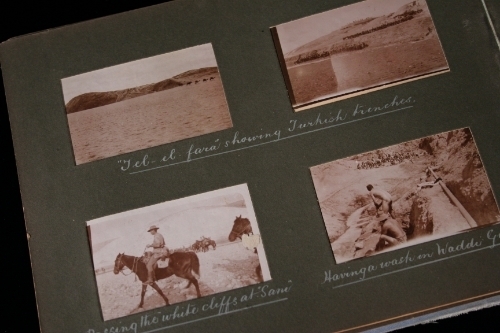
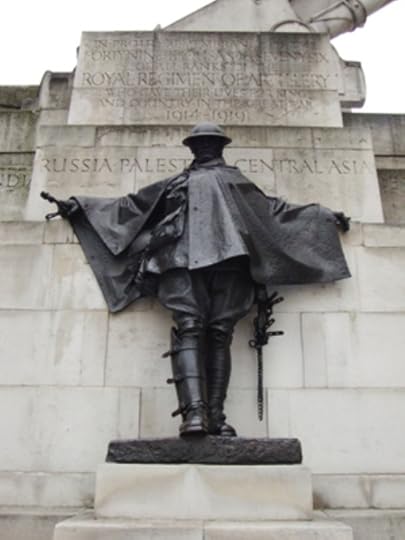
”Down the close darkening lanes
they sang their way
To the siding-shed …

Their breasts were stuck all white with wreath
and spray
As men’s are, dead.
”[I saw his round mouth's crimson deepen as it fell],
Like a Sun, in his last deep hour;
Watched the magnificent recession of farewell,
Clouding, half gleam, half glower,
And a last splendour burn the heavens of his cheek.
And in his eyes
The cold stars lighting, very old and bleak,
In different skies.”
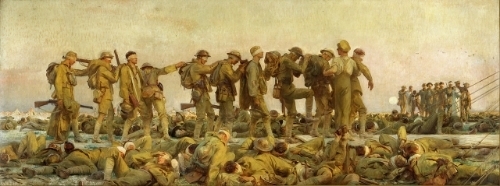
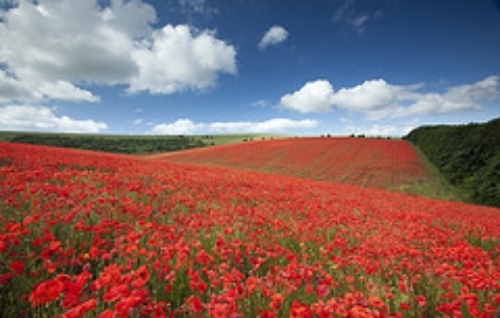
If I should die, think only this of me,Why is it that the Great War exerts such power over the European literary imagination, even as we approach the centenary of its outbreak, a power that the Second World War cannot remotely equal? Perhaps because of the sheer scale of the carnage. Perhaps because, in the popular mind, it remains a war without reason, whose causes only historians fully understand. Perhaps because, as novelist Geoff Dyer points out in this extended essay, it was a war that memorialized itself from its inception, to be fought and written about in the future perfect, with an eye to how future generations will see it. And it is a war that seems to have taken a 180-degree turn in public perception over the course of the century, without ever losing its enormity as a memorial to heroism or folly.
That there's some corner of a foreign field
That is for ever England, England's own.
— Rupert Brooke (1887–1915)
What passing bells for these who die as cattle?
— Wilfred Owen (1893–1918)
At the edge of the Kamaradengrab stand four mourning figures, silhouetted against the zinc sky. Up close these are poorly sculpted figures, but from a distance they impart a sense of utter desolation to the place. It is as if the minute's silence for which they have bowed their heads has been extended for the duration of eternity.He is equally evocative at the Canadian Memorial at Vimy Ridge, treated so memorably by Jane Urquhart in The Stone Carvers (though after Dyer's book, which was first published in 1994). And he is soberly anti-heroic in pointing out that the brooding mausoleum at Thiepval, built without any Christian symbolism, "is a memorial if not to the death, then certainly to the superfluousness of God." My own worship in the memorial chapel is a thing of the past.
Perhaps that is what is meant by ‘lonelyness’ — knowing that even at your moments of most exalted emotion, you do not matter (perhaps this is precisely the moment of most exalted emotion) because these things will always be here: the dark trees full of summer leaf, the fading light that has not changed in seventy-five years, the peace that lies perpetually in wait.